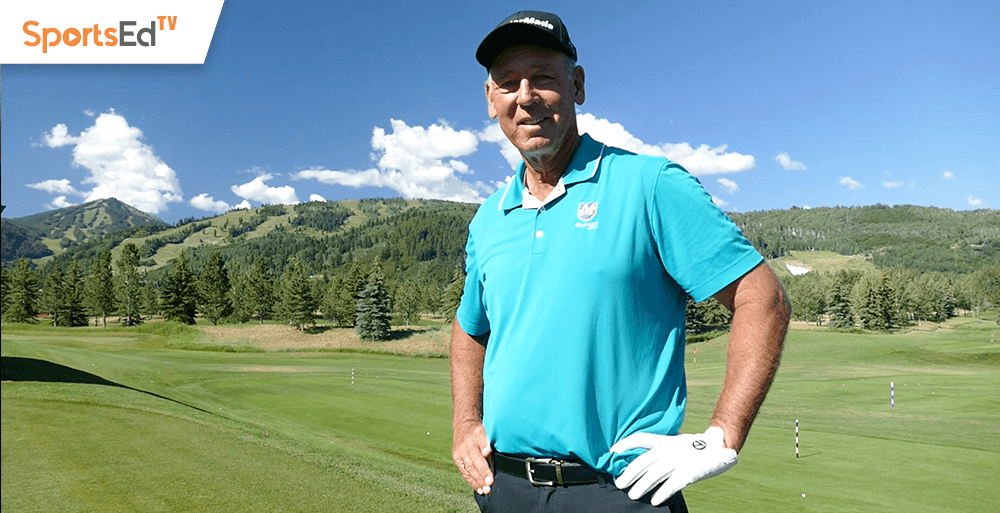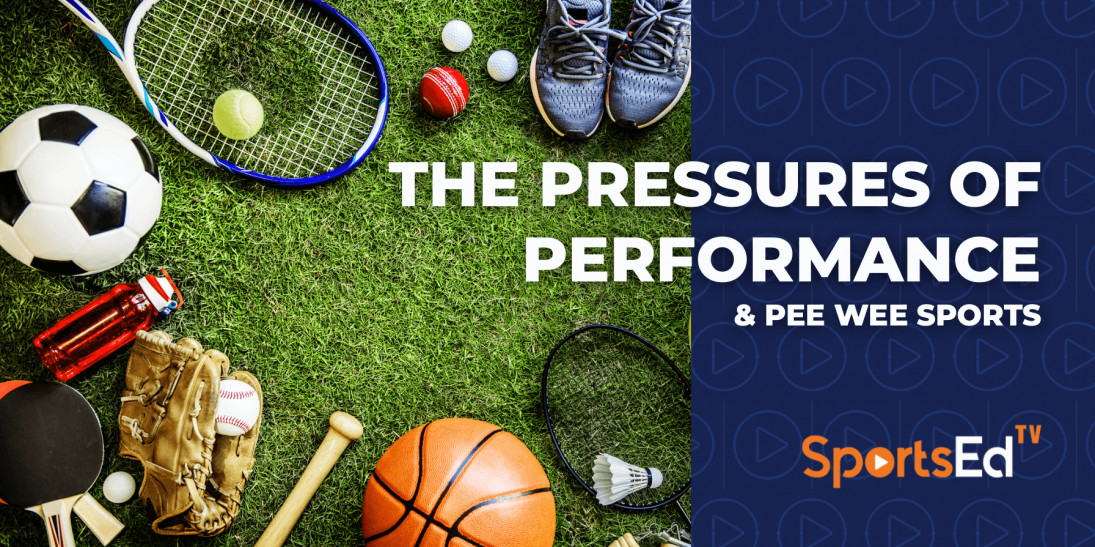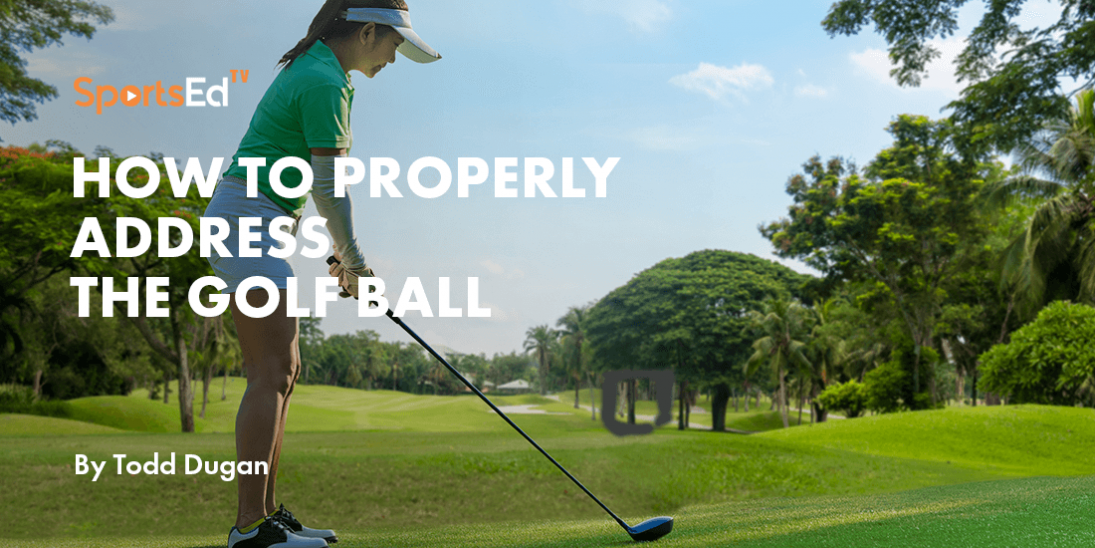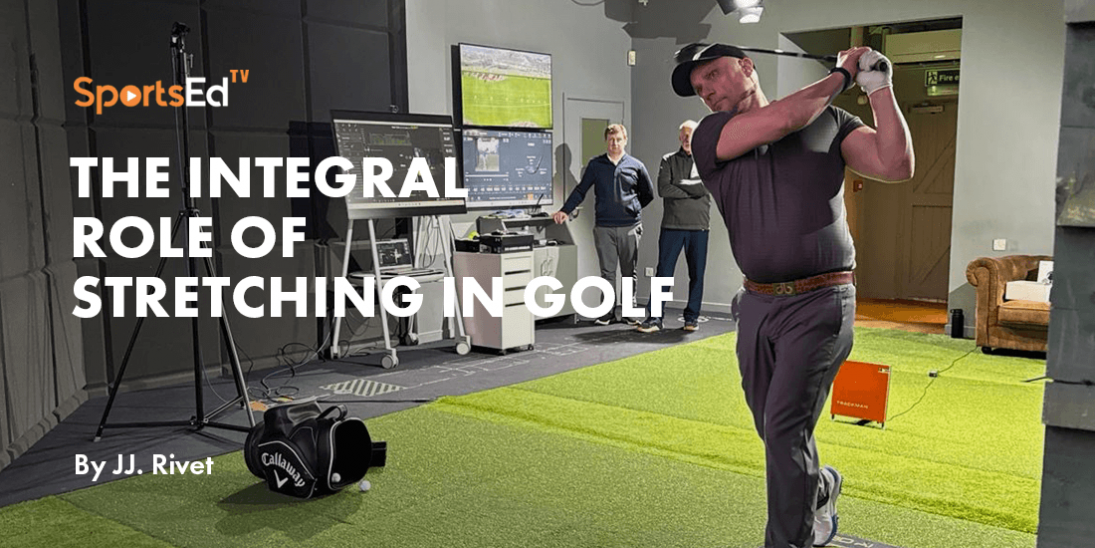Golf
Welcome and thanks for visiting...

Interview with JJ Rivet
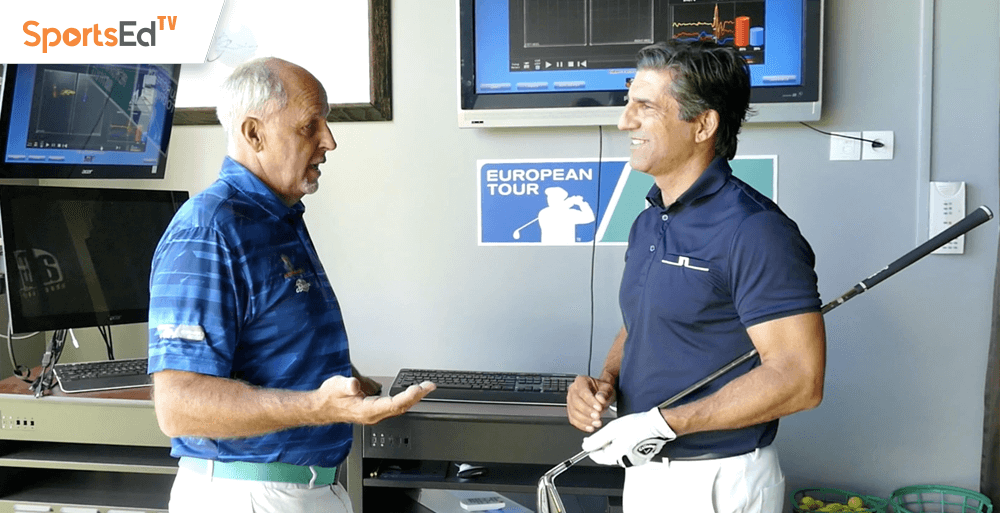
Jean Jacques Rivet may be the most important person in the world of golf, you’ve never heard of... until now.
‘JJ’, as he is popularly known on tour, works as the ‘biomechanics coach’ of many top players including Justin Rose and members of the European Ryder Cup team. He is a pioneer in applying science in the world of golf, and his contributions will help you.
JJ helps players discover/identify their ‘signature swing’ and optimize their swing motion, using cutting-edge technology and in many cases software he developed. A veritable Michael Angelo, he even co-designed high performing footwear for Under Armour and Jordan Speith!
Our Director of Golf, Roberto Borgatti recently visited him in France at his European Tour Performance Institute in Terre Blanche.
RB: Thrilled to be with you this afternoon JJ. You are a unique individual in the world of golf—a scientist, athlete, designer...and French!
JJ: And thrilled to have a great instructor like you, Roberto, who understands and values ‘biomechanics’, make the journey to the French Riviera. I hope the English audience will excuse my English...it’s guaranteed to improve as I spend more time working in the USA.
RB: You work with several of the world’s top golfers as their biomechanist coach, can you explain your role?
JJ: My role is to be a human tool to support the player and the coach. A player normally arrives with a question in connection with their swing.
The world’s top players are always trying to get better, and often there is a part of their game they want to understand better, for example why they breakdown/fail.
In some cases I work directly with the player... and as you know from our collaboration, Roberto, in most cases I work with the player AND his coach.
Very often a player comes to me because they’ve lost a feeling or sensation of their best swing. The discussion with top players is often about regaining that sensation or looking for a solution, that will usually bring a new sensation.
RB: How do you define/ identify /work with ‘sensation’?
JJ: Something very personal. The player describes the sensation, I try to interpret what that means at a biomechanical level. And we see how that correlates to data that we capture with our systems. In some cases, the software we use is proprietary. For example, our force plate software incorporates a key variable— ball position. If you do not have a ball position the data is worthless.
RB: How does being European/French influence your approach?
JJ: We definitely take a holistic approach. Everything is balance. When things are going wrong, there is usually a break in the harmony between how the club and body interact. This often has to be shared and discussed with the members of a player’s team so that everyone shares a vision implementing their expertise.
RB: What is biomechanics? And why do you like to make a distinction between ‘biomechanics’ and ‘applied biomechanics’?
JJ: Fundamental biomechanics uses models to try and understand what the body is effectively doing in a sport action, while ‘applied biomechanics’ recognizes that we are an organic system NOT robots! ….but we applied science fundamentals to find the direction of optimization.
Through evaluating a player’s biomechanics, I aim to understand and develop a player’s signature swing.
So we are using a biomechanical concept not trying to recreate the ‘perfect motion’ but the one best suited to the individual player. As you know Roberto, there is no such thing as ‘perfect’ when it applies to human beings. We reformulate and reconsider solutions as things are changing constantly.
RB: From your perspective, what are key differences in the swings of players on the PGA tour?
Top players often come with their coach and statistics ready. For example, just before the FEDEX in 2017, Justin Rose came to me with lower than expected numbers for ‘Fairways Hit’ and looking for a solution to get back on track.
RB: Well we know the rest is history, as Justin Rose went on to win several tournaments and became world number one.
How would you best describe your philosophy and approach?
JJ: As I said, we work toward identifying a player’s signature to develop fundamental biomechanical skills like ‘creating energy’, ‘releasing’ etc...
What distinguishes our work, is looking beyond a player’s physiognomy. We evaluate other essentials like mobility, stability, functional strength, and most importantly their specific ‘biomechanics’.
I’ve learned there is no ‘perfect swing’.
Through my journey working with top athletes in different sports, I understand that optimal performance, is never perfect ‘player’s perfect’, in the case of golf is a consistent swing motion.
Innovator & Pioneer
RB: You are true pioneer in applied biomechanics, having contributed some core principles, now popularly recognized in todays’ modern swing mechanics?
JJ: I have been working with the European tour since 1997. I have collaborated with the world’s best golf coaches, including you Roberto and David Leadbetter, who I have collaborated with since 1998 with his ‘task force’ of European Tour Players.
RB: ADVICE TO AMATEURS—What is the most essential advice/input you can give to amateur players?
JJ: You must ask a question...What is a swing? A swing is creating energy to release it.
So what is the first action to create energy: to have good footwork for this creation of energy.
Second essential is to release this energy into the ball: need to have a great action in the arms like ‘throwing’ (right for a right-hander) and a perfect grip to maintain the club at impact (and for some players to manipulate it) and to transfer energy.
RB: What are the most essential components for a great swing?
Footwork. Good footwork is both the source and core component for creating energy.
When people have bad footwork, you can equate that to hitting a ball while standing on ice... obviously, that’s impossible!!!
So that’s why learning the proper application of ground force can help you create energy that you can control and manage.
Also, Grip. The importance of the grip is its role in transmitting this energy.
RB: Tell us about the program at your center in beautiful French Riviera in Terre Blanche?
JJ: In our center, the headquarters of the European Performance Institute, we work with a mix of top players and amateurs of all skill levels from novice to scratch.
Our primary goal is to help a player discover and develop their signature swing. This is a two-phase process— first the body and then, the swing.
We employ/use advanced technology to scan the body and identify elasticity, strength, coordination, posture...in short, all the elements that influence an individual’s motion capabilities. We then use state of the art technology— 3D motion analysis, force plate technology, and others— for developing the signature swing.
Acquiring Skills & Development
RB: Is there a big difference working with top tour pros and an average amateur?
Usually, the pros have already a swing that works, so it’s more refining of element and enhancing performance. With amateurs, it’s an open canvas so it very exciting as the learning curve is steep. Progress can be more dramatic.
RB: JUNIORS— What Is Your Advice To Teaching Pros Working With Juniors?
While our bodies, those changes are more dramatic with juniors...so any coach must always consider this constantly changing physiognomy. Top performance requires embracing the constant evolution of the bodies of young athletes. I think it works well to challenge young players' coordination at varying speeds.
Athletic Background
As a champion athlete, who set a world speed record windsurfing, how has it shaped your perspective as a golf specialist?
Windsurfing, like golf, is a way of life and many fundamentals crossover—footwork, core strength/speed, coordination, interacting with the elements... and you need a good grip! (JJ points to his feet)
I actually entered the world of golf to recover from a windsurfing injury!
Designer & Innovator
RB: Tell us about golf shoe design and the new shoe you designed with UnderArmour?
The shoes I co-designed support the key biomechanics. It’s easier to coil efficiently...difficult to ‘sway’ in these shoes, and very comfortable for a full day on the golf course.
RB: I understand you designed a shaft as well?
JJ: Yes, I co-designed with TPT a new shaft without ‘spine’ which helps to develop very unique proprioception in the swing.
The Future of Golf
RB: How do you see the future of golf?
JJ: I believe players will be able to learn and develop a proficiency much faster. When people talk about golf, one of the deterrents is how LONG it takes to play at a decent level.
I hope to contribute to making the learning process quicker, easier. That will help grow the game!
RR: How do you enjoy your free time?
Foil windsurfing! I love speed and nature...so any experiences on the water. The water, the wind...and speed. I’m still windsurfing, foiling now (a new type windsurfing)
I also love to play golf, particularly in challenging conditions— wind and rain..but prefer no cold.
Jean-Jacques Rivet
Head of Biomechanics & Sport Performance
European Tour Performance Institute
- Research Associate Institute of Movement Science, University of the Mediterranean, Marseille
- Biomechanist of the French Golf Team
- Head of Under Armour Innovation Center for Europe
Biomecaswing Performance Center
TERRE BLANCHE HOTEL SPA GOLF RESORT*****
Tel : +33 (0) 494393894
Mob: +33 (0) 623193025
Email: jj-rivet@biomecaswing.com
Web: www.biomecaswing.com

